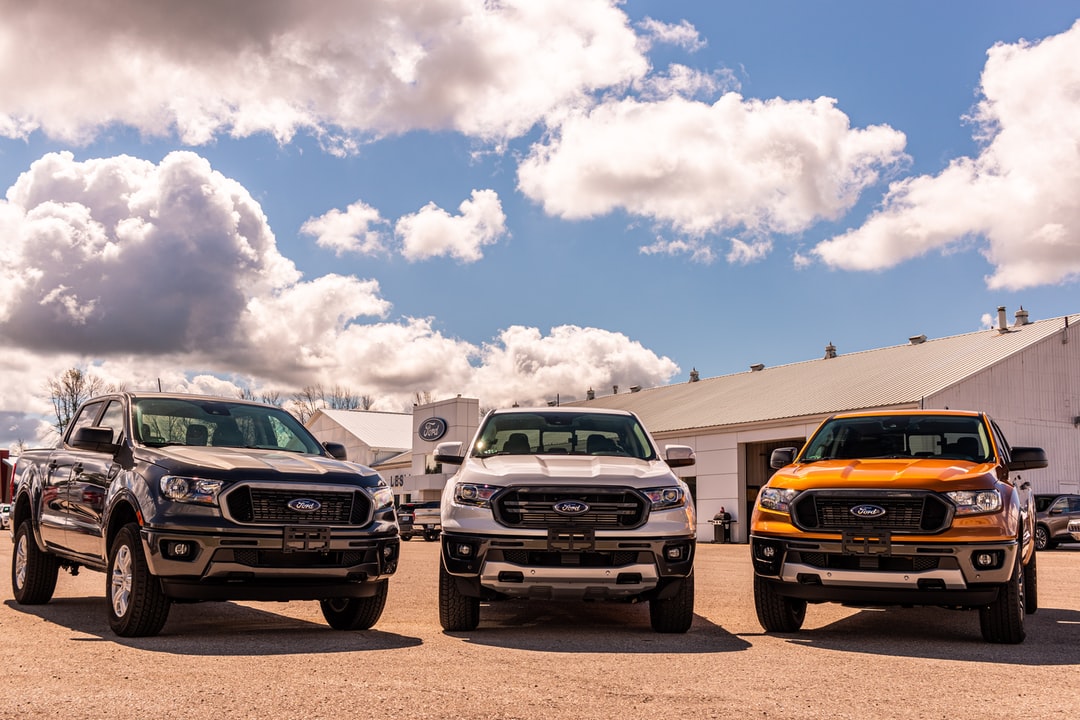

Why are Used Cars So Expensive Right Now? A Closer Look
From January 2021 to January 2022, average used car costs increased by more than 40%. For buyers who can’t afford a new car, the current market volatility is scary. Why are used cars so expensive right now?
There are many factors that determine used car pricing including year, model, mileage, and condition. However, with economic disruptions, prices for any product can become less stable.
Even in a good market, buying and owning a car is complicated and at times frustrating.
Between 2020 and now, the United States has seen huge price increases in cars, gasoline, and many home goods. There have been significant economic disruptions with the biggest being the COVID-19 pandemic.
If you’re in the market for a car and don’t have the means or credit for a new one then you may be considering a used car. Remember that the vehicle you select is meant to last several years at a minimum and will be a financial investment.
Read on to find out why the used car market is so volatile and how to find a good deal.
Common Pricing Factors for Used Cars
Regardless of the state of the used car market, it’s important to understand the common factors that determine price. Keep all of these in mind when you evaluate the cost of a used car.
Mileage
The mileage of a car is how many miles it’s been driven. The mileage on a used car is one of the biggest factors that affect price.
Not all miles are created equal, however. With regard to a car’s mileage, there are highway miles and city miles.
Highway miles are generally easier on a car and contribute less to wear and tear. Any stretch of driving where a car rarely stops or turns is considered highway mileage.
City miles, on the other hand, can have a bigger impact on a car’s condition. Whenever a car is frequently stopping, shifting gears, and making turns, it uses more parts of the vehicle.
Especially for a used car with high mileage, it’s important to find out if its mileage was mostly city or highway miles.
Condition
The condition of a car refers to damage, accident history, and maintenance. Most sellers will be able to obtain a vehicle history report which can help you find out about any damages.
While a dent or scratch may not be desirable, it can actually be a way to find a good deal. If a vehicle history report shows no structural damage from a fender bender then a small dent or scratch will still mean a lower price.
Location
Believe it or not, different types of vehicles sell for different prices depending on the location.
For example, convertibles and luxury cars are more expensive in warmer climates. If you’re in an area where snow is more common then trucks will also be at a premium.
Why Are Used Cars So Expensive Right Now?
In the past few years alone, the used car cost average has skyrocketed. Supply is extremely limited right now, and it doesn’t seem like it will get better anytime soon.
With people returning to work in droves following the lockdown in 2020, demand for used cars has gone up. Meanwhile, manufacturers haven’t been able to keep up with the sudden demand.
When demand is high and supply is low, the market responds with increased prices. To explain further why the cost of used cars is so high, let’s take a look at why supply is so low.
In 2020, manufacturers around the world had to shut down production to limit the spread of COVID-19. As a result, the microchips that are required by law in modern cars have been in short supply ever since.
While people were working remotely and staying home for most of 2020, limited car supply was no big deal. However, it quickly became an issue when people started having to commute again.
Additionally, we’ve seen several other economy-disrupting events in the last couple of years. The most recent of these events is the conflict between Russia and Ukraine.
Many car manufacturers in Europe use equipment manufactured in Ukraine and have had to slow production. Soon, this will limit the number of European vehicles being shipped to the United States.
With buyers who would otherwise buy new moving into the used car market, it has become badly inflated.
When Prices Will Come Back Down
To better understand projections for used car prices going forward, we need to know when production will catch up to increased demand.
There are several moving parts to this question, but the short answer is late 2022 or early 2023. It’s expected that enough of the required silicone chips will be available by then to stave off price increases.
However, it will likely be years before we see used car prices return to the range we saw in 2019. While prices will likely fall to some degree in the next few years, the dealership model has changed, possibly forever.
In the past, dealerships kept a huge inventory and had to work hard to sway potential buyers. Since dealerships have had to keep a sparse inventory on the lot, they’ve learned that it can be more profitable.
Consumers have been experiencing trouble finding reasonably priced vehicles and the same goes for dealerships. In order to make a profit, dealerships have to be careful about buying cars to sell.
Manufacturers have been able to charge record amounts for new cars due to the shortage. Once a market becomes profitable, it’s unlikely to change.
Even if chip production does catch up, manufacturers will still probably try to hold on to this business model. As a result, it may be the new normal for dealerships to keep a limited inventory and charge more than they used to.
How to Get a Good Deal in Today’s Used Car Market
Used car prices are unlikely to come down soon, and will probably never be as low as pre-pandemic prices. However, that doesn’t mean you can’t find a good deal.
We’ve put together the following tips for getting the best deal on a used car in this market.
Trading In Your Car
One of the benefits of the inflation of used car prices is that your current vehicle will probably bring a higher trade-in value. If you can produce records of maintenance like oil changes and tune-ups, you may get even more on your trade-in.
Trading in your current vehicle can get you a lower interest rate and down payment. If you are willing to sell your car then ask the dealership to make you an offer for your car.
Get a Financing Offer First
Whether you’re buying used or new, it’s always a good idea to get pre-approved before you even go to a lot. The salesman will likely try to undercut your pre-approved offer to get you to choose auto financing through them.
Good ways to get pre-approved for financing include going through a bank or credit union. Getting pre-approved will also give you an idea of interest rates you can expect and an idea of where to start negotiations.
Focus on Price Instead of Payment
One of the most common ways a dealership will try to get more money from you is by focusing on monthly payments. They will likely steer you toward negotiating a monthly payment instead of the total price.
The way dealerships make more money from this kind of negotiation is due to loan terms and interest rates. By enticing you with a low monthly payment, they are trying to pull attention away from the total amount you’re spending.
To avoid getting smooth-talked into a bad deal, negotiate the price first. The common term for this number is the “out-the-door” price, which includes taxes and fees.
Once you’ve landed on a take-home cost within your budget, then you can negotiate term length and payments. It’s advisable to avoid a monthly payment that exceeds 20% of your monthly income.
Keep Emotions in Check
Buying a used car is an exciting experience, and test-driving a car you’re interested in can make you fall in love with it. Car salesmen know this, and they’ll try to capitalize on your attachment to the vehicle.
In order to avoid making a rash decision, keep feelings out of the negotiation. Be prepared to say no if the deal is outside of your budget.
In order to get the best deal, you have to look at the price and financing logically. Getting pre-approved financing can reduce the back-and-forth at the dealership, which can help you avoid getting overly emotional.
You Can Still Get a Used Car in This Market
With all the uncertainty in today’s used car market, we’ve all had the same question in mind: Why are used cars so expensive?
Even with used car prices skyrocketing, there are still ways to get a good deal. Contact us today to learn more about getting the perfect used car!
Categories
- Car Maintenance (1)
- Car Reviews (2)
- Guides (7)
- Local Destinations (1)
- Uncategorized (1)
Recent Posts
Related posts


The Complete Guide to Selling a Used Car in Dallas

How to Get a Car Loan with Bad Credit

39 Best Sports Bars in Plano, TX
Plano Used Cars
Used Car Dealership








